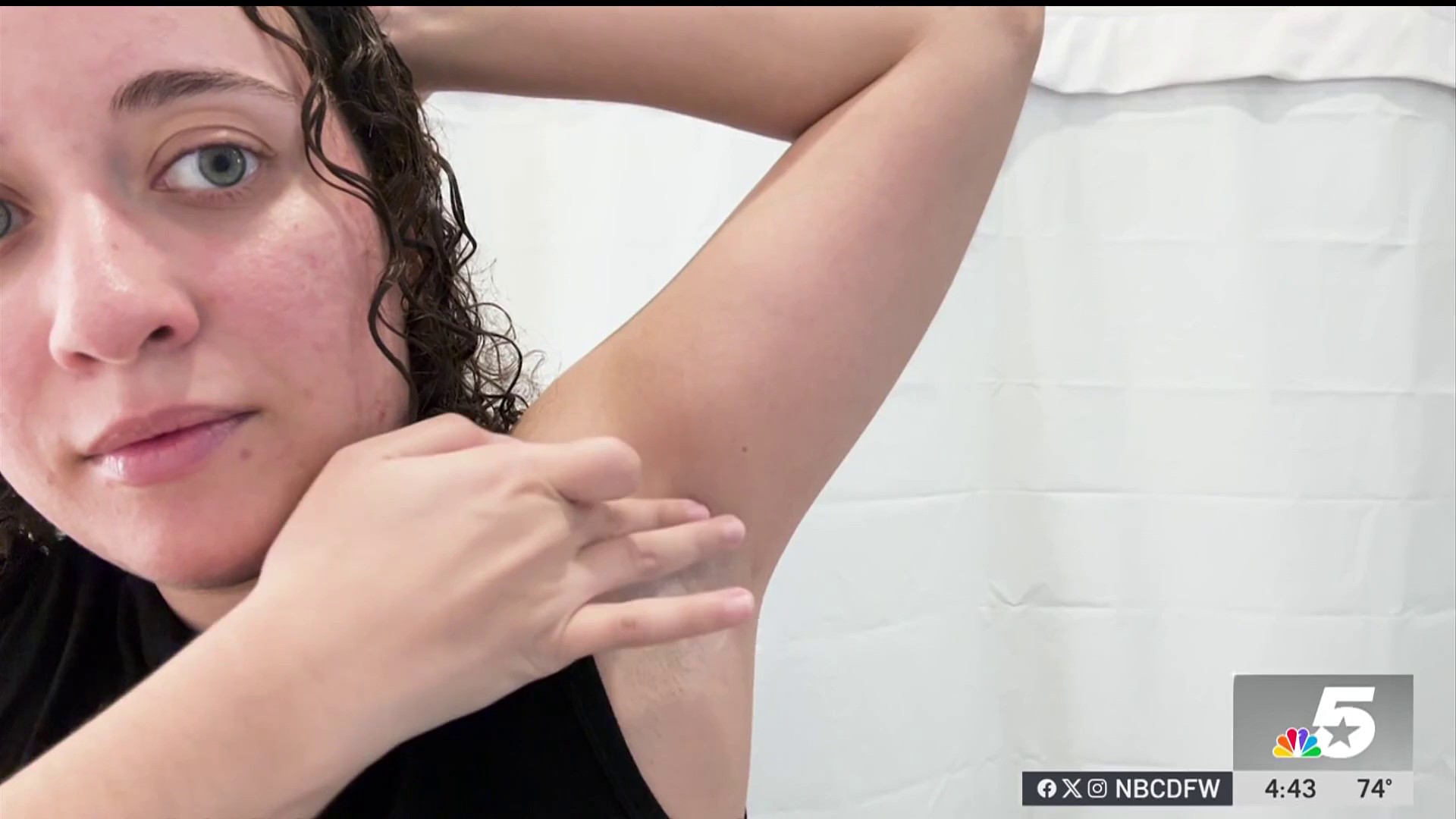We all hear when there are air quality alerts or when smoke from wildfires causes issues, but unsafe air is not always obvious. Invisible and odorless pollutants from traffic or weather patterns can also linger. Consumer Reports is here to tell you how to monitor the air quality around you, so you can stay safe.
Sign up for air quality alerts from your public health department. You can also get your area’s current air quality ratings and future air quality forecasts from the Environmental Protection Agency’s AIRNow website and app. Other apps—IQAir, PlumeLabs, and PurpleAir—also monitor air quality.
But the best thing to do when pollution levels are high is to stay inside and keep outdoor air out of your home.
Seal doors and windows with weather stripping or even duct tape. Spend as little time as possible in laundry rooms and bathrooms that may have ducts open to the outside.
Get top local stories in DFW delivered to you every morning. Sign up for NBC DFW's News Headlines newsletter.
Look for an air purifier with a HEPA filter to get smoke out of your home. A carbon filter will help to remove the smell of smoke, too.
To evaluate air purifiers, Consumer Reports injects smoke particles into a sealed room and measures the number and size of them.
Top in its tests for dealing with smoke are the Alen BreatheSmart 75i Pure and the Blueair Blue Pure 211+ Max.
Consumer Reports
The latest news from Consumer Reports magazine.
If you do have to go outside when the air quality is bad, Consumer Reports says wear an N95 mask, the same kind that provide the best protection from COVID-19.



